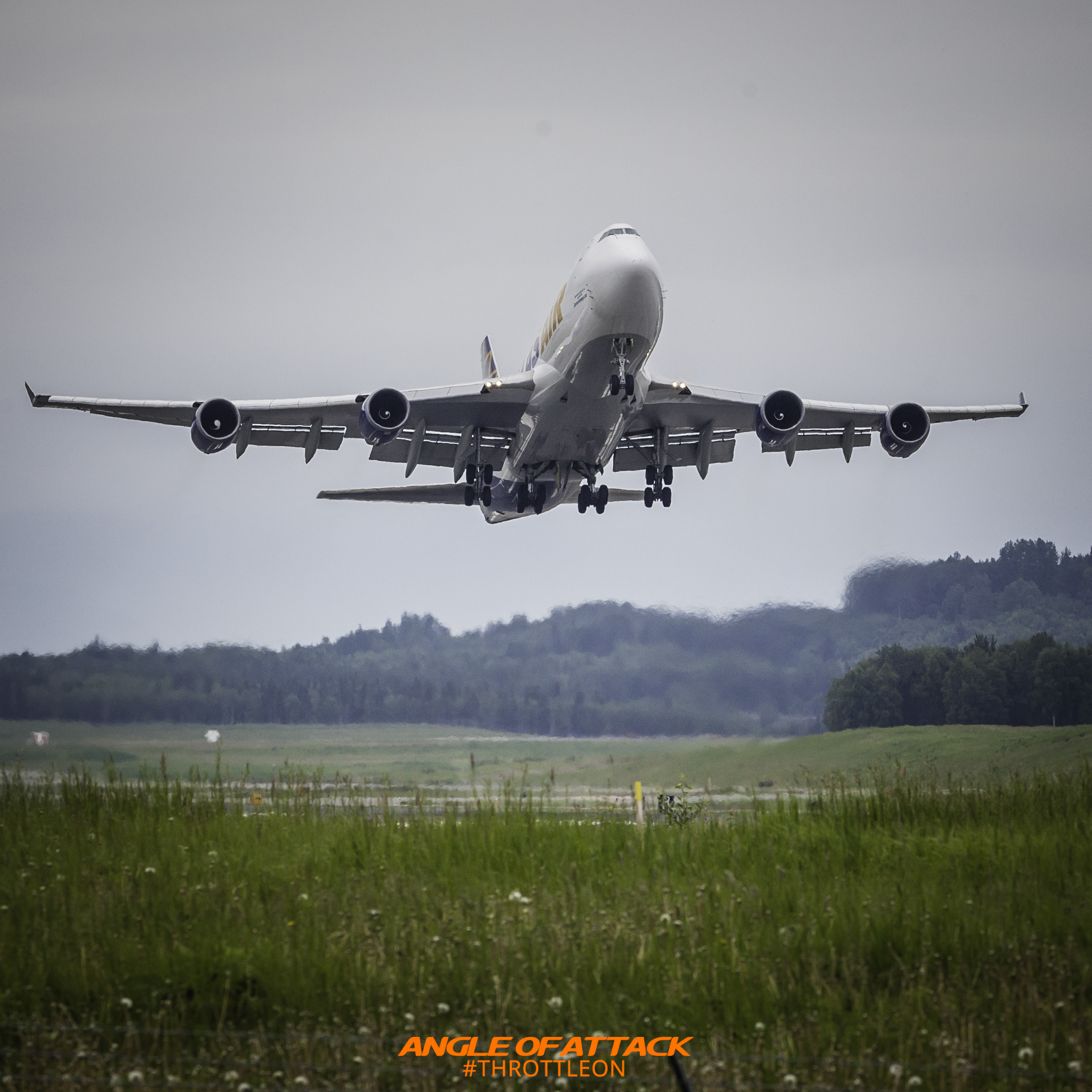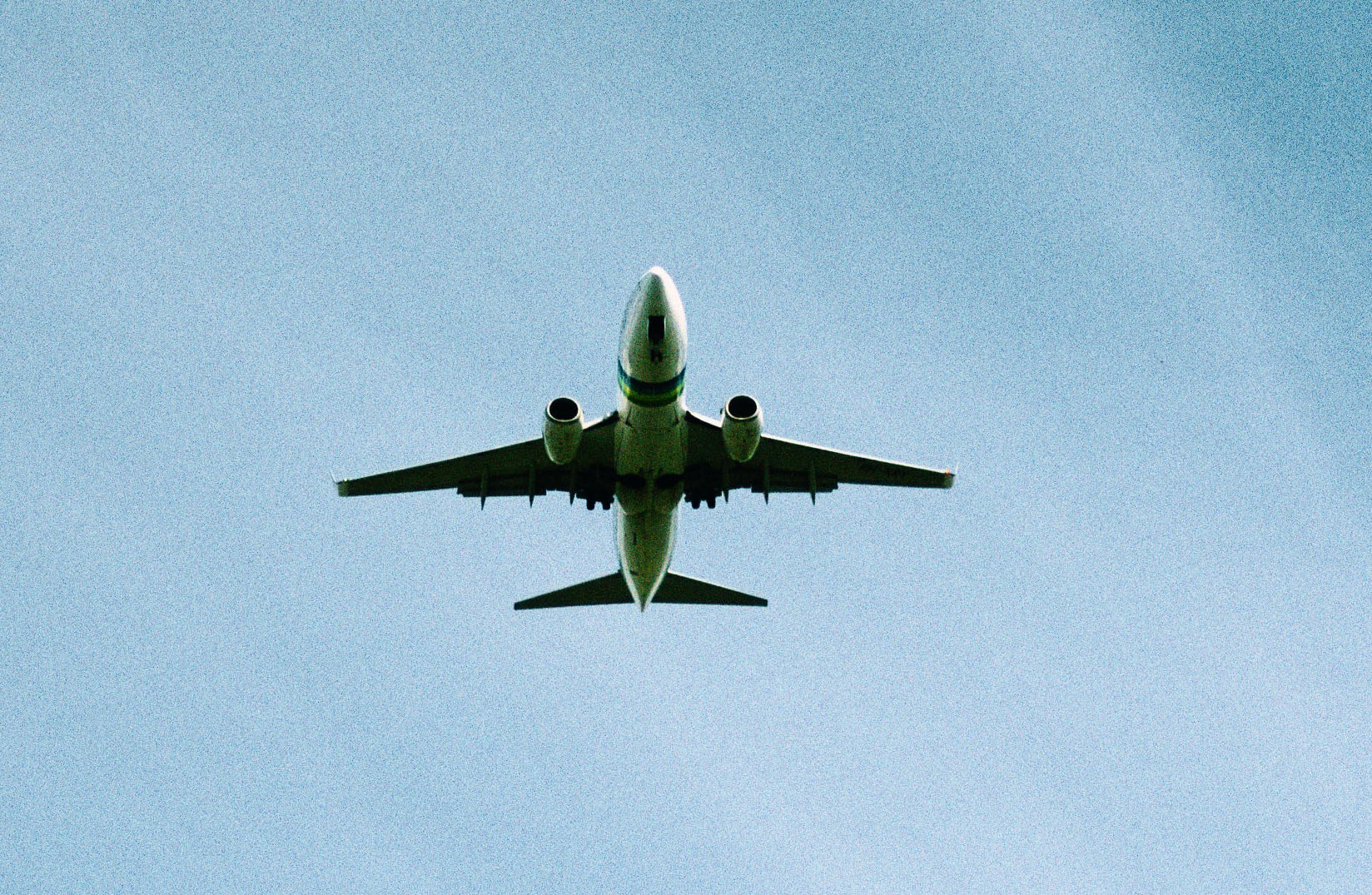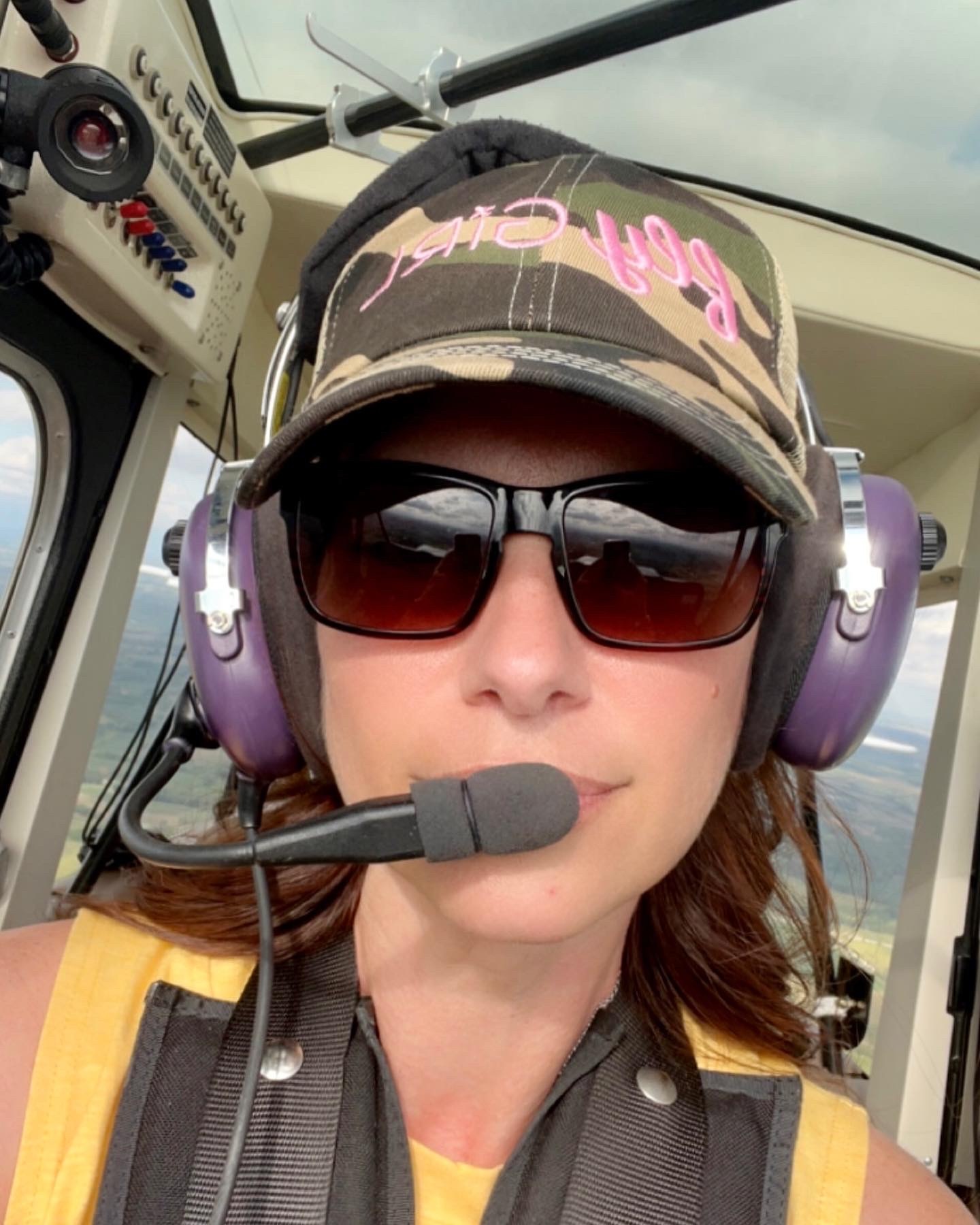
Not familiar with the Part 91 and 135 flight regulations? No worries! Here’s the breakdown of Part 91 vs. 135 and a little more.
Let’s say you own the Gulfstream G650 jet. Depending on whether you use your jet for commercial or non-commercial purposes, you ought to be familiar with the two basic yet critical Federal Aviation Regulations (FAR) Part 91 and 135 operations.
These are established by the Federal Aviation Administration (FAA). They govern the use of an aircraft to emphasize flight safety and protect passengers. Thus, having a working knowledge of both these aircraft regulations is necessary. Read on as some of the key Part 91 vs. 135 differences are highlighted and which parts apply and where.
What Is The Difference Between Part 91 And Part 135?
The critical difference between Part 91 and Part 135 comes down to the professionalism, safety standards, and regulations that go into a flight, irrespective of its purpose.
Which flight regulation out of 91 and 135 applies to you in particular hinges on whether you plan to use your private aircraft to fly yourself or rent it out to a charter company to offset the ownership cost.
If it’s the former, you’ll need to follow the less restrictive Part 91 regulations, unlike the most restrictive Part 135 that comes into play when someone else pays for flying aboard your aircraft. The reason – the FAA wants to maintain the highest standards for the safety of the passengers on board.
Part 135 Regulations Are Stricter Than Part 91, Why?
Regarding the charter industry, stricter regulations are required to govern pilot training, insurance requirements, safety procedures, aircraft maintenance, rigorous inspection (such as the 100-hour inspection), and more. On the contrary, private aircraft owners only need to establish an “annual aircraft maintenance program”. This ensures the safety and integrity of their aircraft under the more lenient Part 91 section
Another key difference between the two aforementioned sections of FAR/AIM is the limit on the number of hours the pilot can fly. For instance, Part 91 doesn’t limit how long the pilot can fly without any mandated breaks. They can fly for as long as they wish. However, there is a fixed number of hours a pilot can fly a charter flight. Moreover, they must rest for a set number of hours before resuming their flight duty.
Having sound knowledge of Part 91 vs 135 sections is also crucial when it comes to the runway length. Again, private aircraft under Part 91 can utilize any airport that meets its runway length requirements. Conversely, charter jets are required to use an airport where they can land within the first 80% of the runway.
 In a nutshell, if you’re still unsure which FAR Part you’re subject to, just answer a couple of questions. Are you using the airliner to fly yourself or renting it out to a charter company? Are you getting compensated for flying your plane? This will present a clear picture of which particular FAR section applies to you.
In a nutshell, if you’re still unsure which FAR Part you’re subject to, just answer a couple of questions. Are you using the airliner to fly yourself or renting it out to a charter company? Are you getting compensated for flying your plane? This will present a clear picture of which particular FAR section applies to you.
FYI: Part 91 comprises the general flight rules every aircraft is subject to unless trumped by more restrictive laws that vary with the type of operation.
What Is The Difference Between Parts 91, 121, And 135?
Among Parts 91, 121, and 135, Part 91 is the least restrictive for the reasons discussed above. Part 121 is the most restrictive since it’s aimed at maintaining the highest levels of commercial air travel safety.
Another notable distinction between these three Parts is the number of pilot requirements. While there’s a single Pilot In Command (PIC) allowance under Parts 91 and 135, Part 121 requires two pilots on board in every flight – one PIC and one flight dispatcher.
Is NetJets Part 135 Or Part 91?
NetJets operates under the Part 135 section of FAR. I think there could be a little more on this topic or we just take it out.
The flight regulations enforced by the FAA and the various Parts of FAR have made air travel the safest travel mode. If you’re an aspiring pilot who wants to take off to the clouds, Angle of Attack is the perfect place to kickstart your journey. Joining your fellow aviators flying high in the sky.

Karey grew up and obtained her in private pilot’s license in Central Iowa. She fell in love with tailwheel aircraft during her primary training and obtained a tailwheel endorsement the week following her private pilot checkride. She is eager to obtain her seaplane rating and is merging her passion for flying with her prior work career. Karey has a background in marketing, editing, and web design after graduating from Simpson College. When she is not flying or working, Karey enjoys anything related to technology and admits she can be a bit of a nerd. She also has discovered a love for virtually all outdoor pursuits, with a special fondness for climbing, shooting, and hiking.

Stay Connected
Be the very first to get notified when we publish new flying videos, free lessons, and special offers on our courses.





